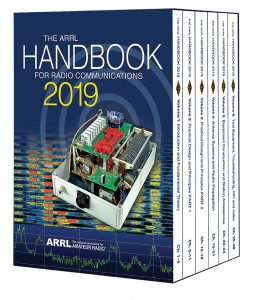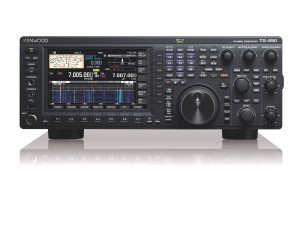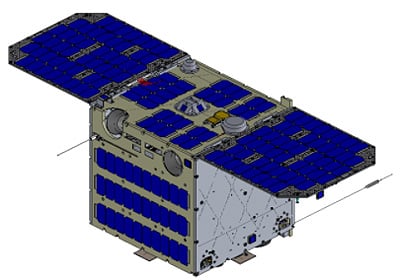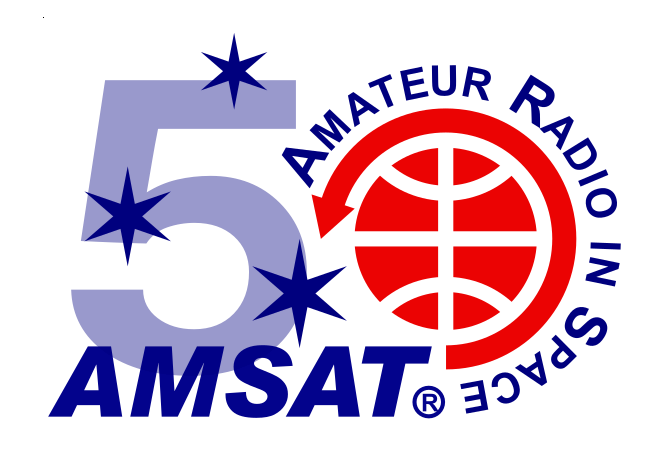The ARISS-US team (Amateur Radio on the International Space Station) will auction two very unusual items in its first-ever auction! Picture yourself as the winning bidder and proud owner of a unique JVC Kenwood TS-890S signed by astronauts! Or, you could be top bidder on a special astronaut-signed 6-volume boxed set 2019 ARRL Handbook!
Bidding starts April 8th at 12:00 UTC and ends April 14th at 22:00 UTC.
You could own this one-of-a-kind beautiful Kenwood TS-890S; your ham station would boast the only Kenwood in the world showcasing astronaut signatures. Your top bid on the limited edition boxed-set 2019 ARRL Handbook for Radio Communications would mean your bookshelf includes astronaut signatures among your book collection.
JVC Kenwood, a proud supporter of ARISS, generously gave a brand new TS-890S for ARISS to auction. They first offered the radio for sale in the US in the last half of 2018. Kenwood has been a super supporter of ARISS for years, and it was the company’s idea for this radio, with astronaut signatures, to be an exclusive that just one ham operator could own! The company hopes you’ll be a bidder who wants to support ARISS.
The limited edition 2019 ARRL Handbook for Radio Communications sold out fast once ARRL posted their ad. It was the first time that ARRL divided the Handbook into volumes, which nestle in a hard slipcase. ARRL, an ARISS sponsor along with AMSAT and NASA, saved back one boxed set to give ARISS for the fund-raiser auction.
When you bid in this auction you could be the crucial person who helps ARISS launch its new custom-built higher-power radio system in 2019 with its voice repeater and improved packet APRS and SSTV capability that thousands of hams enjoy. The new system will replace the aging, problematic units currently on the ISS. You may be the winning bidder who helps ARISS continue introducing ham radio to thousands of students, teachers, parents, and whole communities—and inspiring students about science, technology, engineering, math, and radio!
Don’t forget; set yourself a reminder: bidding starts April 8th at 12:00 UTC and ends April 14th at 22:00 UTC.
Be the winning bidder for one or both of these two exclusive offerings and you’ll own a rare article that makes your ham station a classic! More auction details will soon be posted at www.ariss.orgincluding that winning bidders will be responsible for shipping costs and for handling any required customs paperwork. ARISS thanked JVC Kenwood and ARRL for their generous support.
And if you don’t do auctions, please contribute a donation to help ARISS launch its new radio system into space—look for the Donate button near the top right corner of the www.ariss.org page. Thank you!
About ARISS
Amateur Radio on the International Space Station (ARISS) is a cooperative venture of international amateur radio societies and the space agencies that support the International Space Station (ISS). In the United States, sponsors are the Radio Amateur Satellite Corporation (AMSAT), the American Radio Relay League (ARRL), the Center for the Advancement of Science in space (CASIS) and National Aeronautics and Space Administration (NASA). The primary goal of ARISS is to promote exploration of science, technology, engineering, and mathematics (STEM) topics by organizing scheduled contacts via amateur radio between crew members aboard the ISS and students in classrooms or public forms. Before and during these radio contacts, students, educators, parents, and communities learn about space, space technologies, and amateur radio. For more information, see www.ariss.org.
Also join us on Facebook: Amateur Radio on the International Space Station (ARISS)
Follow us on Twitter: ARISS_status
Media Contact:
Dave Jordan, AA4KN
ARISS PR
[email protected]






